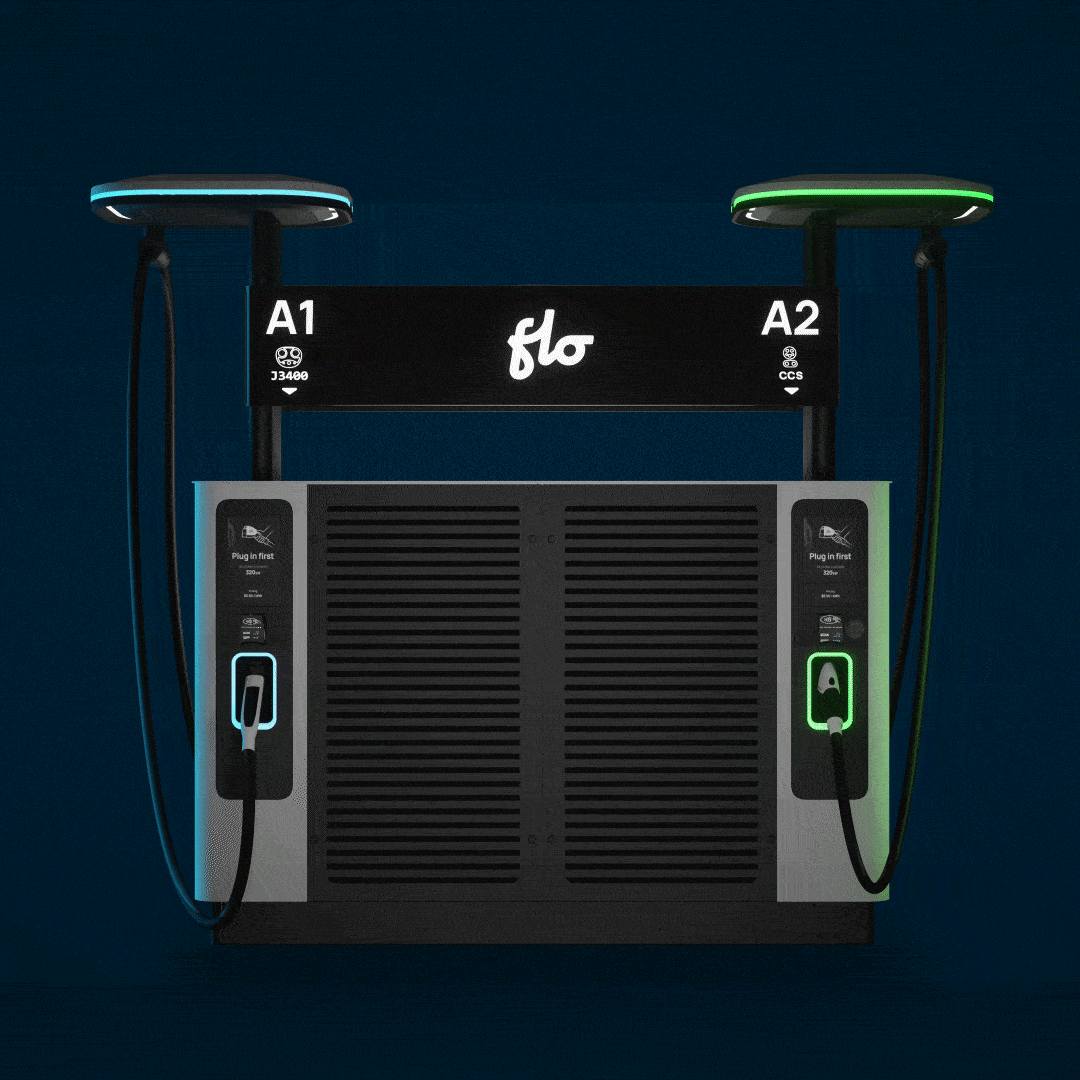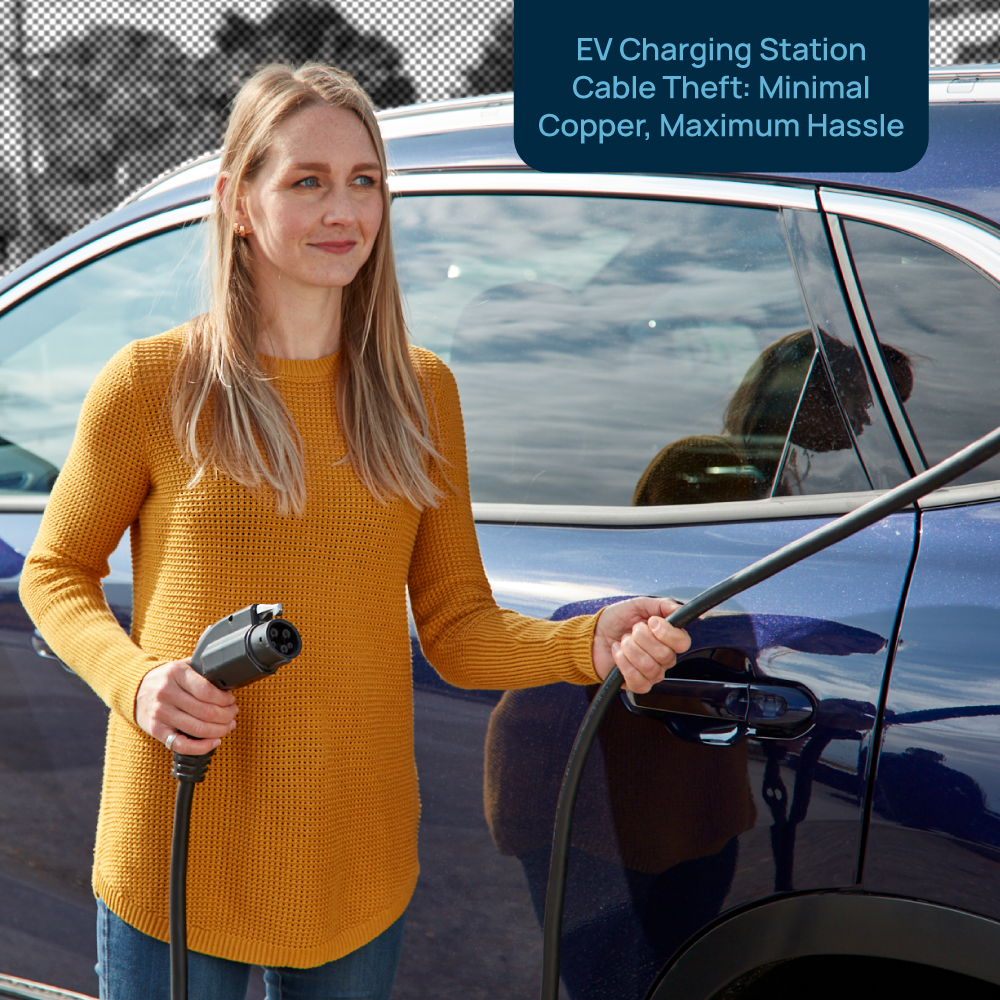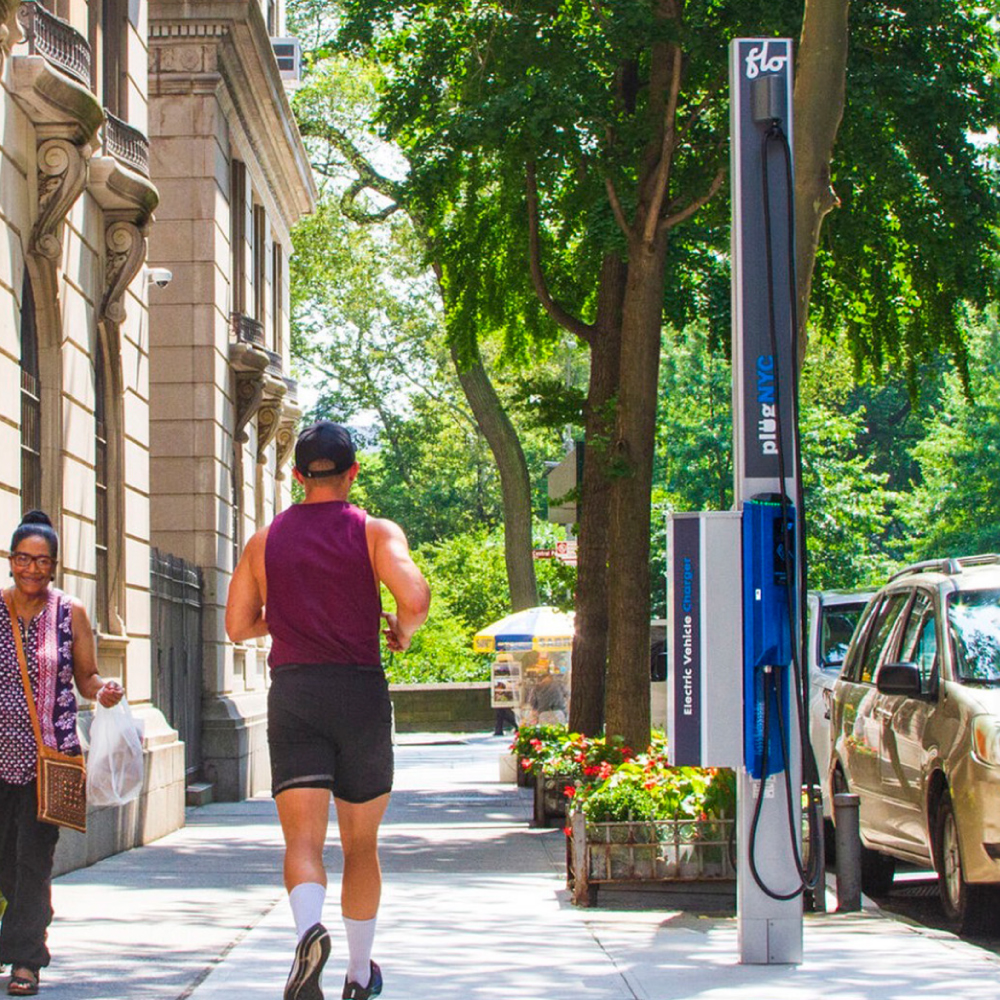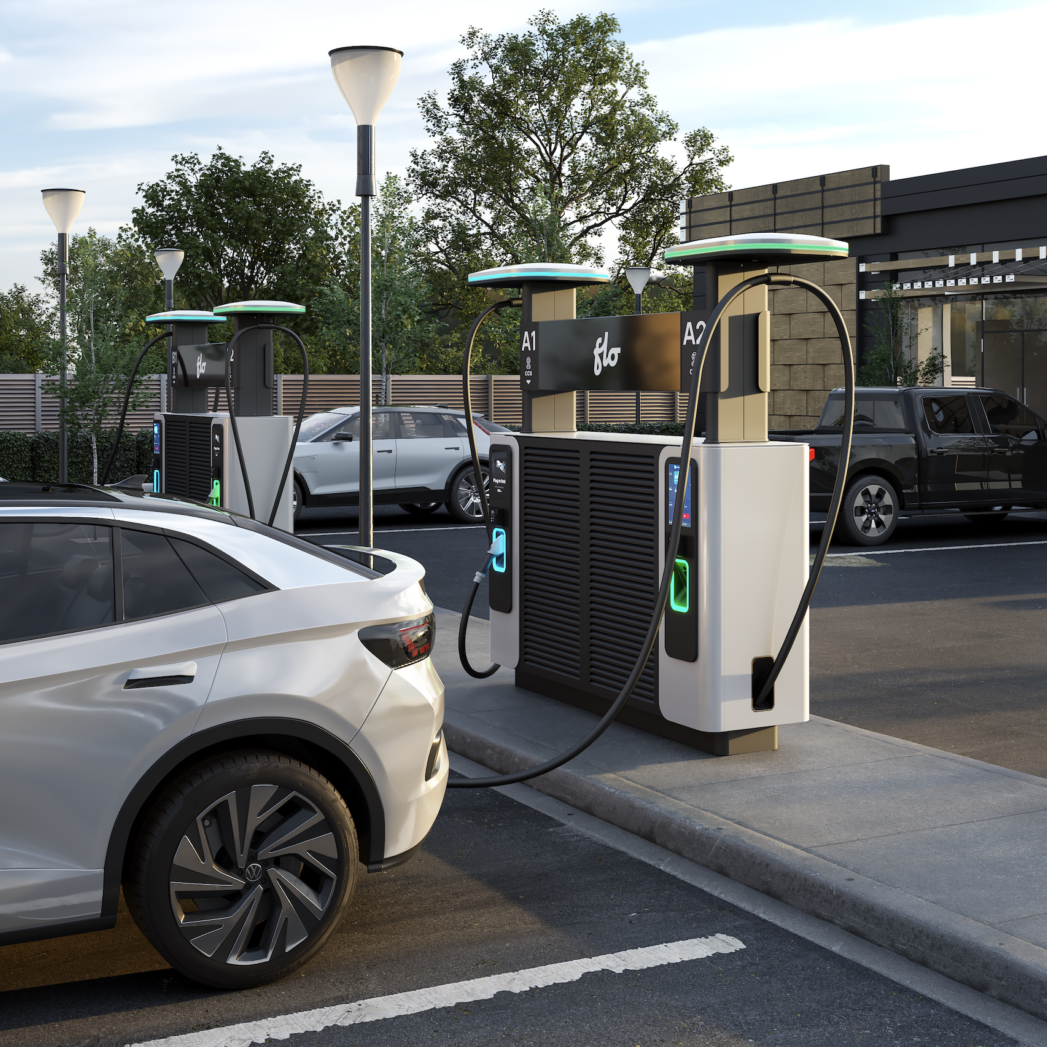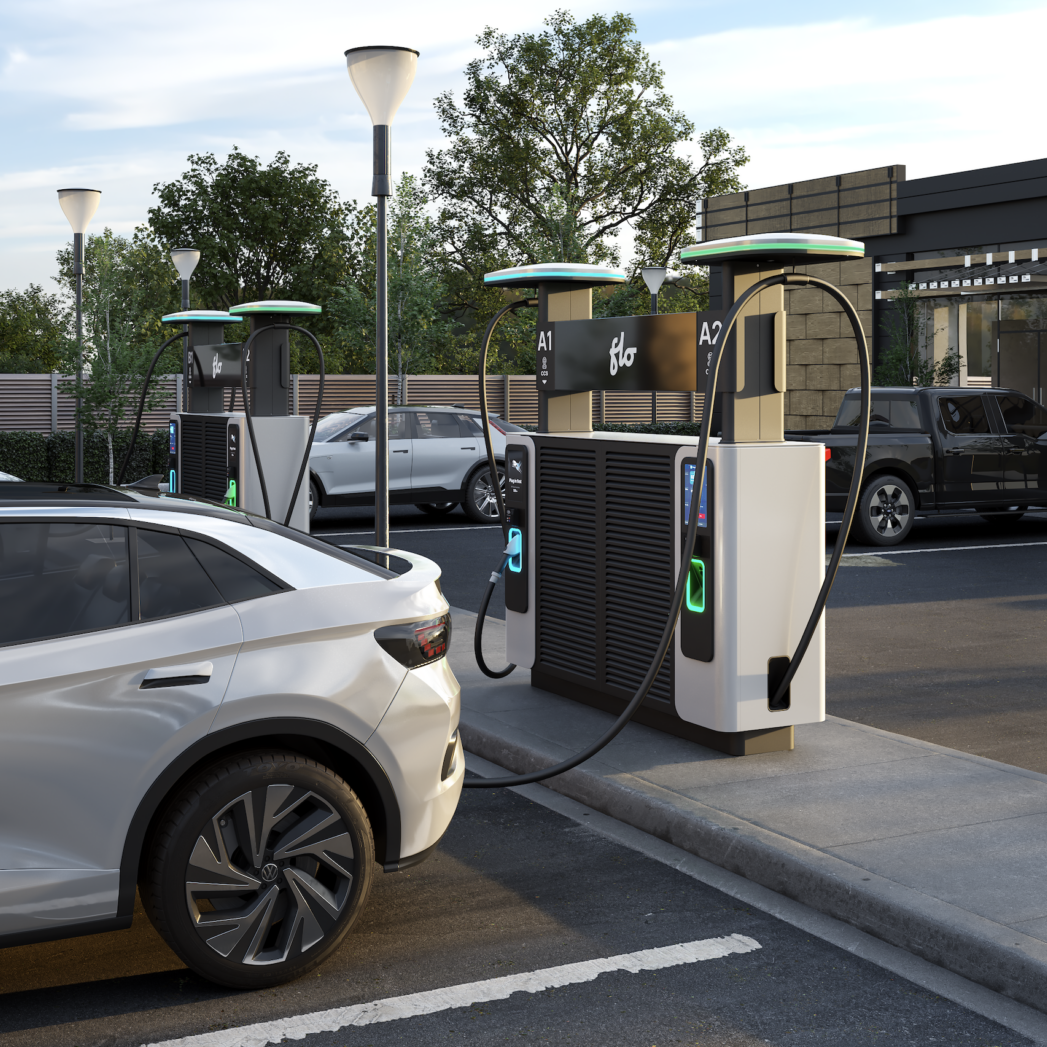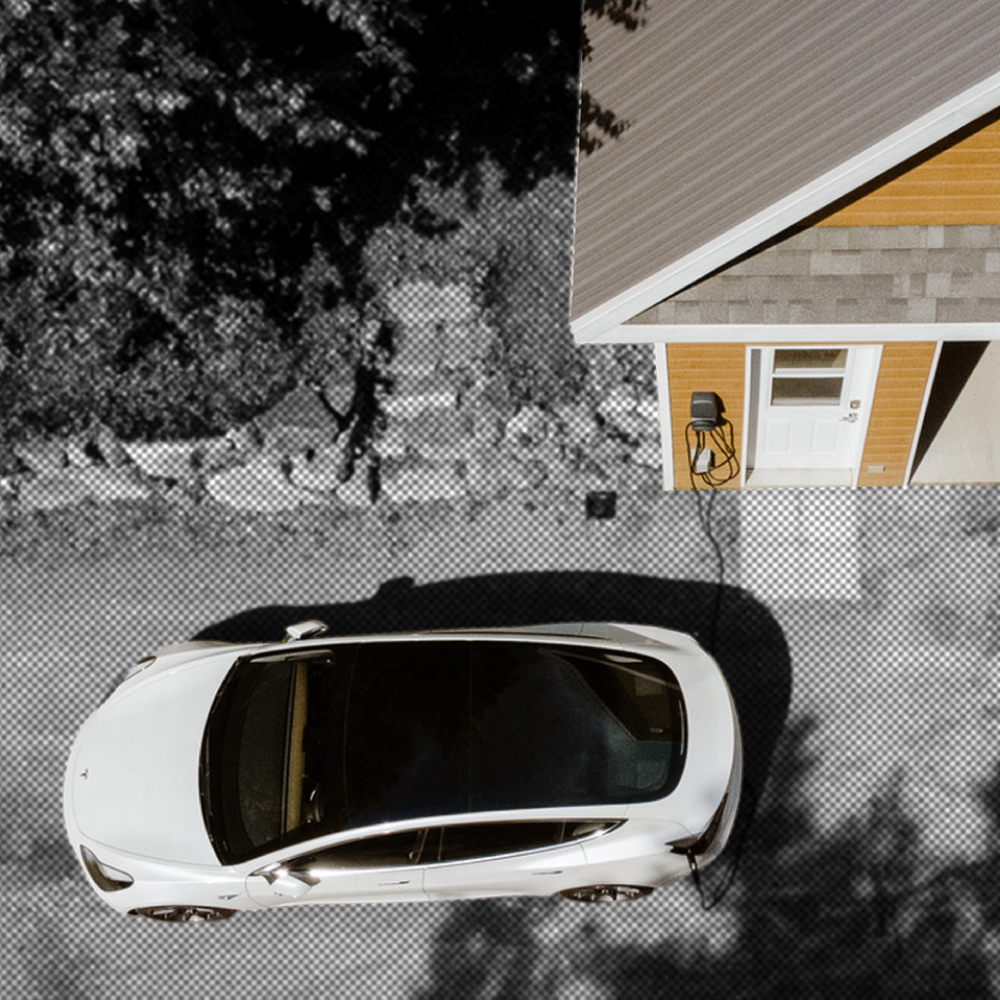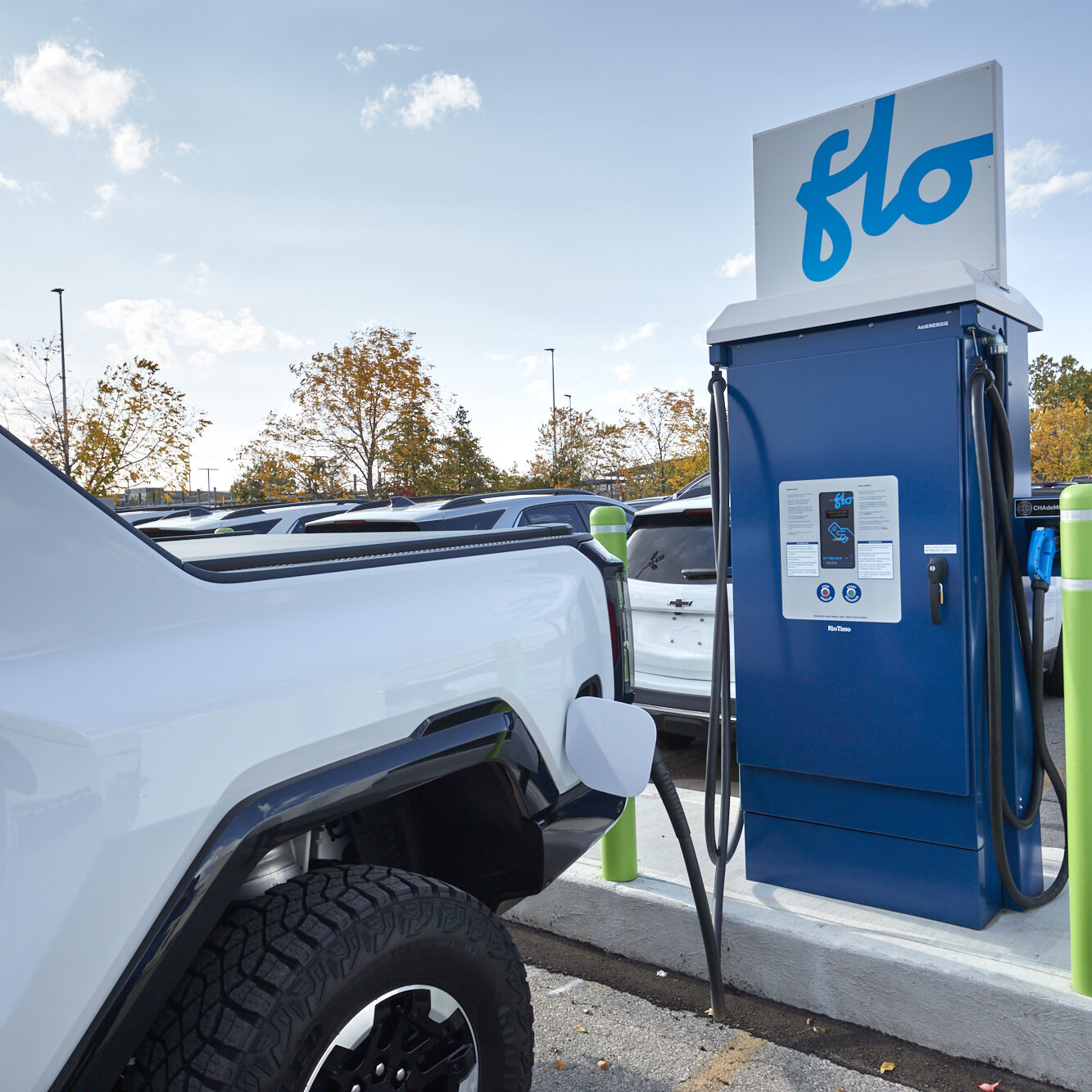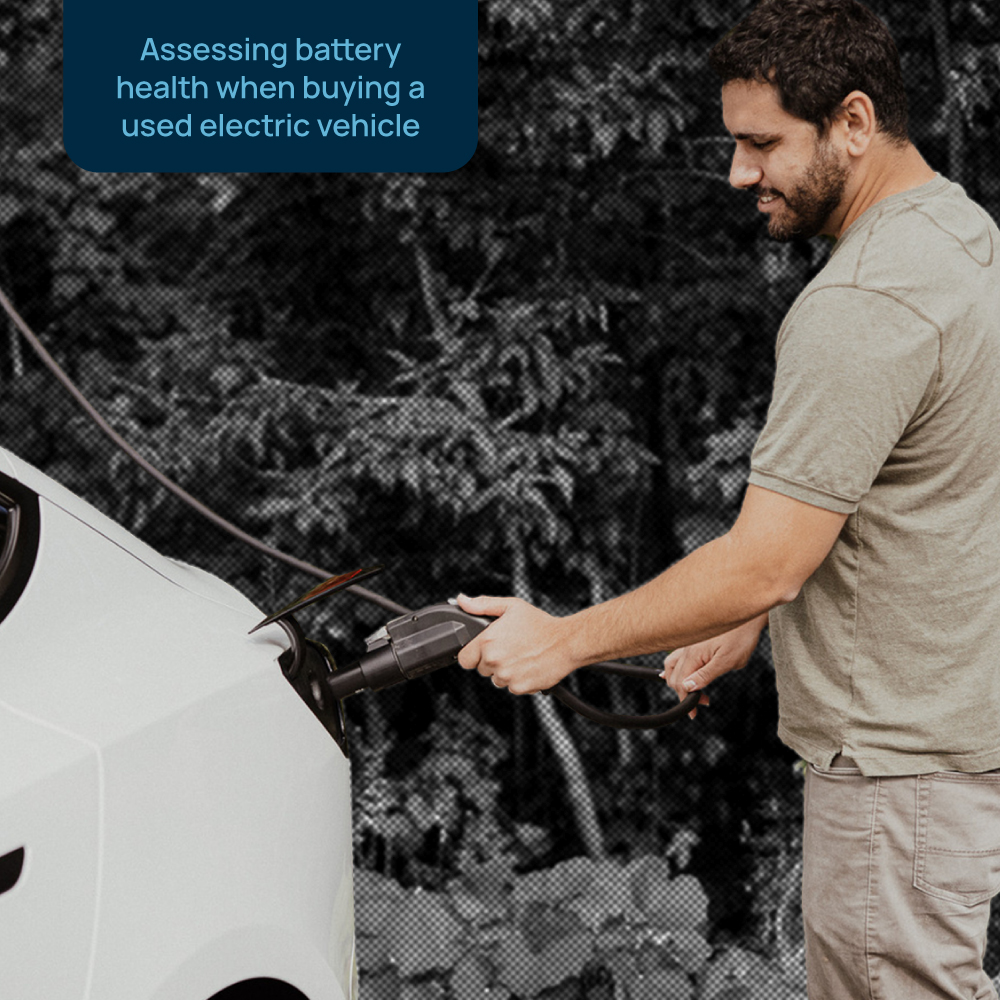Cap-and-Trade Sparks State Investments in EV Infrastructure
New York is about to make a huge climate splash by becoming the fifth region in North America to develop a cap-and-trade program. New York’s landmark climate legislation passed in 2019 – the Climate Leadership and Community Protection Act – requires the state to reduce emissions 85% below 1990 levels by 2050. It is ambitious yet achievable and shows true leadership on behalf of policymakers to confront the climate crisis head on. But it’s going to take a lot of work, and the state will need immense help from tools like a cap-and-trade program to make it a reality.
Let’s dive into the role of cap-and-trade in addressing EV infrastructure challenges and the potential impact on climate goals, with insights from successful initiatives in other regions and the influence of the Regional Greenhouse Gas Initiative on New York’s investment strategy.
What’s a cap-and-trade program
Let’s back up. A cap-and-trade program, sometimes referred to as cap-and-invest, sets a limit (i.e. “cap”) on the total amount of greenhouse gas (GHG) emissions that can be released by a regulated industry, and steadily ratchets that limit down over time. In some systems, these industries can purchase “allowances” (sometimes called credits) from the government to comply with their emissions limits, which, as a byproduct, creates recurring funding for states to spend on projects – from natural resources to clean transportation to renewable energy – to reduce emissions further. North America currently has four cap-and-trade systems – in California, Washington, Quebec, and the U.S. Northeast. While each system features distinctive design elements, they all invest heavily in transportation electrification.
Conquering the “Chicken or Egg” Dilemma Facing EVs
The growth of EVs in the United States is burgeoning. In 2023, light-duty EV sales surged substantially, exceeding 1.4 million units – an impressive 50% rise over the sale of passenger cars, trucks, and SUVs in 2022. Despite this upward trend in light-duty EV sales, investments in charging infrastructure often hinge on widespread EV adoption, while the broader adoption of EVs is influenced by the availability of charging stations – a true “chicken or egg” dilemma. A 2023 EV Driver Survey revealed 38% of EV drivers polled were concerned about limited availability of public chargers, while 37% cited broken public chargers as a major EV adoption hurdle.
Read more: The EV charging game: It’s all about charging service reliability
New York’s Noteworthy Venture into Cap-and-Invest
New York agencies are actively developing the architecture for the Cap-and-Invest program and estimate it will raise a whopping $3 billion a year in proceeds. They already intend to spend $1 billion reducing consumers’ utility bills, which leaves a remaining $2 billion for emission reduction projects, with 35% reserved for projects benefiting disadvantaged communities.
How do New York policymakers invest the remaining funds wisely? That’s the $2 billion question. We’d encourage policymakers to look at the state’s greatest sources of emissions: New York’s transportation sector comprises nearly 30% of total emissions. Reducing emissions from this sector – especially through EV charging – is essential to delivering on the promise of the CLCPA.
Don’t get us wrong, there are many laudable emissions reduction projects the state can and should invest in simultaneously – EV charging just deserves to be a part of the portfolio. As of January 2023, New York had just over 11,000 publicly available chargers to serve nearly 120,000 battery-electric vehicles. And yet estimates show New York needs upwards of 50,000 chargers by 2030 for 2 million EVs. To achieve this, the state would have to deploy 6,800 chargers a year for the next six years! To put it simply: that is a daunting task.
Yes, New York has (fortunately) been investing in EV charging for years through several programs across multiple agencies. These programs have been workhorses at getting chargers deployed. And now the federal government is providing the state with funding annually for the next five years to deploy chargers along highways.
You might be thinking the state is already raining plenty of funding on EV charging, but the unfortunate reality is existing programs will only get us so far, and certainly not enough to fulfill New York’s 2030 needs. New York’s cap-and-trade program could provide a much-needed injection of additional funding to fill the charging gaps.
California and Washington have taken this same approach. They have funded EV charging projects for the last decade through multiple funding sources, are also receiving federal funding for this purpose like New York, and yet still use a portion of their cap-and-trade funds for EV charging.
How RGGI May Influence New York’s Climate Investments
The good news is there is a state precedent for spending cap-and-trade proceeds on EV charging. New York participates in the Regional Greenhouse Gas Initiative (RGGI), a cooperative effort among eleven Northeast states to cap emissions from the power sector. Through March 2023, New York had invested more than $1.8 billion in RGGI proceeds in climate mitigation projects, including $102 million in EV programs.
Read more: Curbside charging: supporting equitable EV adoption
Regardless of New York’s decision, companies like FLO aren’t going anywhere. We will continue to actively deploy chargers, with a focus on increasing equitable access, like with our curbside charging partnership with New York City Department of Transportation and ConEdison. But should the state follow through on using cap-and-trade funds for EV charging, it will supercharge the climate and air pollution benefits while increasing communities’ equitable access to EV charging. This is a win-win-win for the state – given New York’s historic leadership tackling climate change, we are optimistic.

